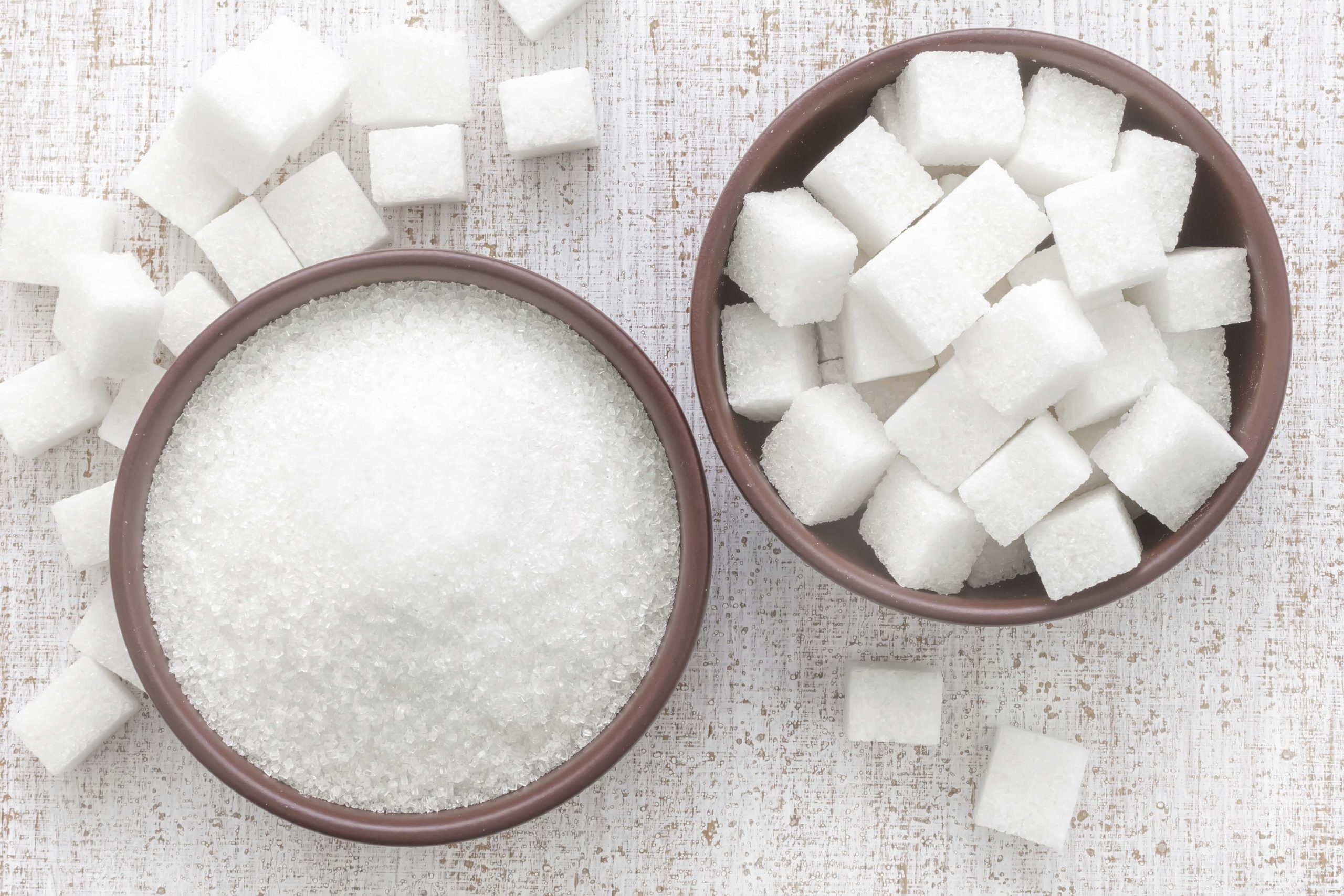Sugars (mono- and disaccharides) occur naturally in nature, more specifically in fruits, vegetables, milk and honey. They are also quite natural for the human body. People are already born with a desire or preference for the sweet taste. This “inborn mechanism” helps us survive the same way a 20Bet review helps us pick the right sportsbook.

The presence of lactose (glucose + galactose) in breast milk helps make this basic source of infant nutrition palatable and, as a result, desirable. And since glucose is the preferred source of energy for many cells and organs (red blood cells, brain), the “craving for sweets” allows us to repeatedly choose foods that allow our bodies to function fully without hesitation.
Therefore, carbohydrates, like proteins and fats, are also an important part of a healthy diet and give us energy in the form of calories. With the exception of dietary fiber, any carbs, including sugar, provide about 4 kilocalories per gram.
Why Sugar Is Added to Food
Sugars serve many important functions in food. In addition to adding sweetness, they help give color to foods – in baked goods and meats through “browning”; provide density or volume – in jams; and contribute to texture – in creamy frozen desserts, syrups and candies. Sugars can also interact with other food ingredients to improve the flavor profile or balance out bitterness, as in the case of cocoa in chocolate. They can be used to control freezing and crystallization temperatures in ice cream, boiling temperatures in candy making, for microbial fermentation and the production of pickles and yeast breads. More sugars can prevent the growth of microorganisms, thus preserving products and controlling spoilage.
So, sugars are important and necessary because they do indeed do a lot of important work.
What Sugars Are
Maybe you’ve ever heard of such a concept as total sugars? It refers to the sum of the natural and added sugars in a product.
Natural sugars are naturally present in the product; added sugars are put into the product during manufacturing.
Besides sucrose, added sugars also include honey, syrups, and concentrated fruit and vegetable juices.
Why Added Sugar Has Become a Stumbling Block
Studies show that added sugar is one of the main causes of children and adults developing not only tooth decay but also obesity and, as a consequence, other chronic non-communicable diseases: diabetes, cancer, etc.
According to the WHO:
- In 2016, more than 1.9 billion adults over the age of 18 were overweight. Of these, over 650 million were obese.
- According to 2016 data, 39% of adults over the age of 18 (39% of men and 40% of women) were overweight.
- In 2016, about 13% of adults worldwide (11% of men and 15% of women) were obese.
- From 1975 to 2016, the number of obese people worldwide more than tripled.
How Much Sugar Is Recommended to Consume
There is no daily norm of consumption of total sugar, but on added sugar international health organizations have no doubts: its amount simply must not only be controlled but also reduced.
In terms of nutrient requirements, people do not need any added sugar in their food at all. For those who do consume it, the WHO recommends reducing it to less than 10% of their total energy intake and, to provide additional health benefits, reducing it to less than 5%.
For example, if you consume 2,000 kcal per day, added sugars should account for no more than 200. That equals 50 grams, or about 10 teaspoons.
Note that we are converting the recommended amount of added sugar per day into teaspoons only for convenience. This rate applies not only to table sugar, which you may add to tea or coffee, but also to all other types of added sugar that you consume throughout the day.
How Sugar Affects the Human Brain
It’s difficult to refuse delicious rolls, ice cream, donuts, and chocolates. The brain gives a signal, salivation begins abundantly, and the hand reaches for these harmful things. Why does this happen and how does sugar affect the human brain?
Sugar is a whole term to describe a class of molecules called carbohydrates. They can be found in many foods and drinks. Glucose, fructose, sucrose, and maltose are also sugar. It’s found almost everywhere. That’s why it’s important to understand the effect it has on the brain.
When you eat a product that contains sugar, you will want more. For example, chew some cereal or a piece of milk chocolate. The taste buds on your tongue are activated and send signals to the brain stem and then to many parts of the forebrain. One of these is the cortex, which is pointwise responsible for recognizing different tastes: bitter, salty, spicy and sweet.
The neurotransmitter dopamine plays an important role in this encouragement process. A person cannot get rid of bad habits for years precisely because of their increased activity. Alcohol consumption, smoking, drugs and sugar, excite this neurotransmitter and therefore constantly want more. Ordinary food is also a stimulant of dopamine, but its levels stay within the normal range.
If you eat the usual foods every day and only occasionally allow yourself something sweet after the main meal, the brain won’t react so acutely to it.

